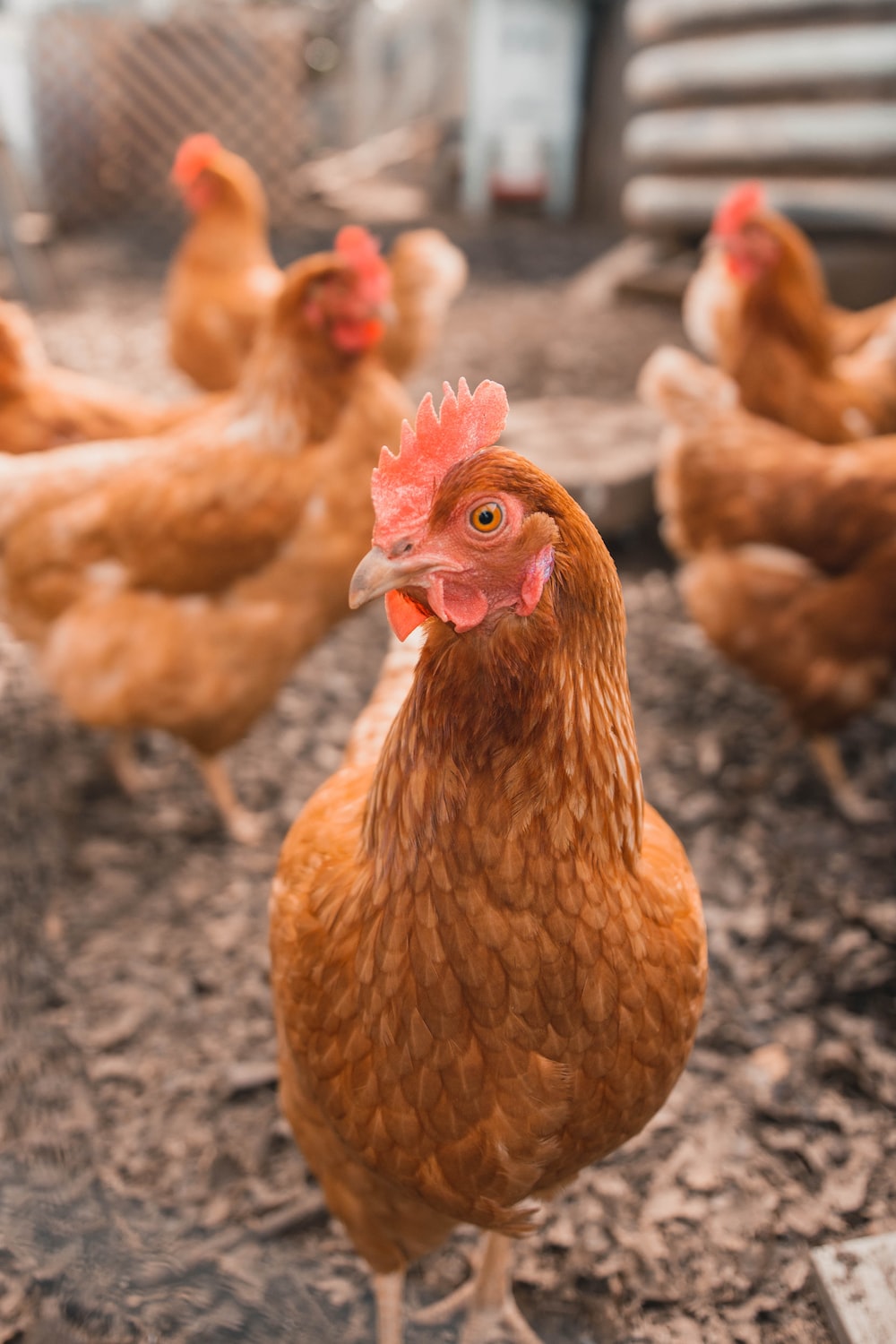Maintaining a healthy bee hive requires vigilant pest control measures to safeguard the well-being of the colony. In this blog, we will explore various insect pests and effective control strategies to ensure the prosperity of your honey bee colonies.
Wax Moth (Galleria mellonella)
Wax moths pose a significant threat to honey bee colonies, especially weak ones. These small brown moths lay eggs in unguarded combs, and their larvae burrow through the wax, feeding on pollen and leaving webs in their wake. Control measures include:
- Ensure colonies are strong through proper feeding, especially with sugar syrup during food shortages.
- Leave enough honey for the bees during harvesting to maintain strong colonies.
- Regularly inspect and protect weak colonies to prevent infestations.

Beetles (Aethina tumida)
Beetles can cause damage by feeding on stored pollen, particularly in weak colonies where they breed and their larvae burrow through combs. Control measures involve:
- Reduce entrance holes of the hive to 1cm diameter, allowing passage but preventing entry of large hive beetles.
- Maintain strong colonies through proper care and feeding to deter beetle infestations.

Ants (Iridomyrmex humilis)
Ants can overwhelm colonies, attacking brood (eggs, larvae, and pupae). While they don't target honey, their sheer numbers can force bees to abandon the hive. Control strategies include:
- Apply oil or grease to hive stands or wire supports to prevent ants' access to the hive.
- Regularly monitor and maintain ant-free conditions around the hive.

Bee Pirate (Palarus latifrons)
Bee pirates demoralize colonies, waiting around hives during the day and attacking passing foragers. Control measures involve:
- Seek and destroy wasp nests in the vicinity of the apiary.
- Burn identified wasp nests to reduce the bee pirate threat.

Bee Lice (Braula spp.)
Bee lice occasionally cling to the queen bee, consuming food from her mouth parts. Control methods include:
- Place heavily infested queen bees in a matchbox and blow in tobacco smoke to dislodge the bee lice.
- Return the treated queen bee to her colony after successful removal.

Honey Badger or Ratel (Mellivora capensis)
Honey badgers are destructive animals that can break up hives and feed on combs without fear of bee stings. Control strategies include:
- Construct a fence around the apiary to prevent honey badger access.
- Suspend hives at a height above a meter or pile thorns on the bottom of trees supporting the hive to discourage honey badger attacks.

Protecting your bee hive from various pests is essential for maintaining a thriving colony. Regular monitoring, strong hive management practices, and prompt action against potential threats will contribute to the overall health and productivity of your honey bee colonies.





 Formulate Feed
Formulate Feed
Comments
Be the first to comment . You must be logged in to post a comment